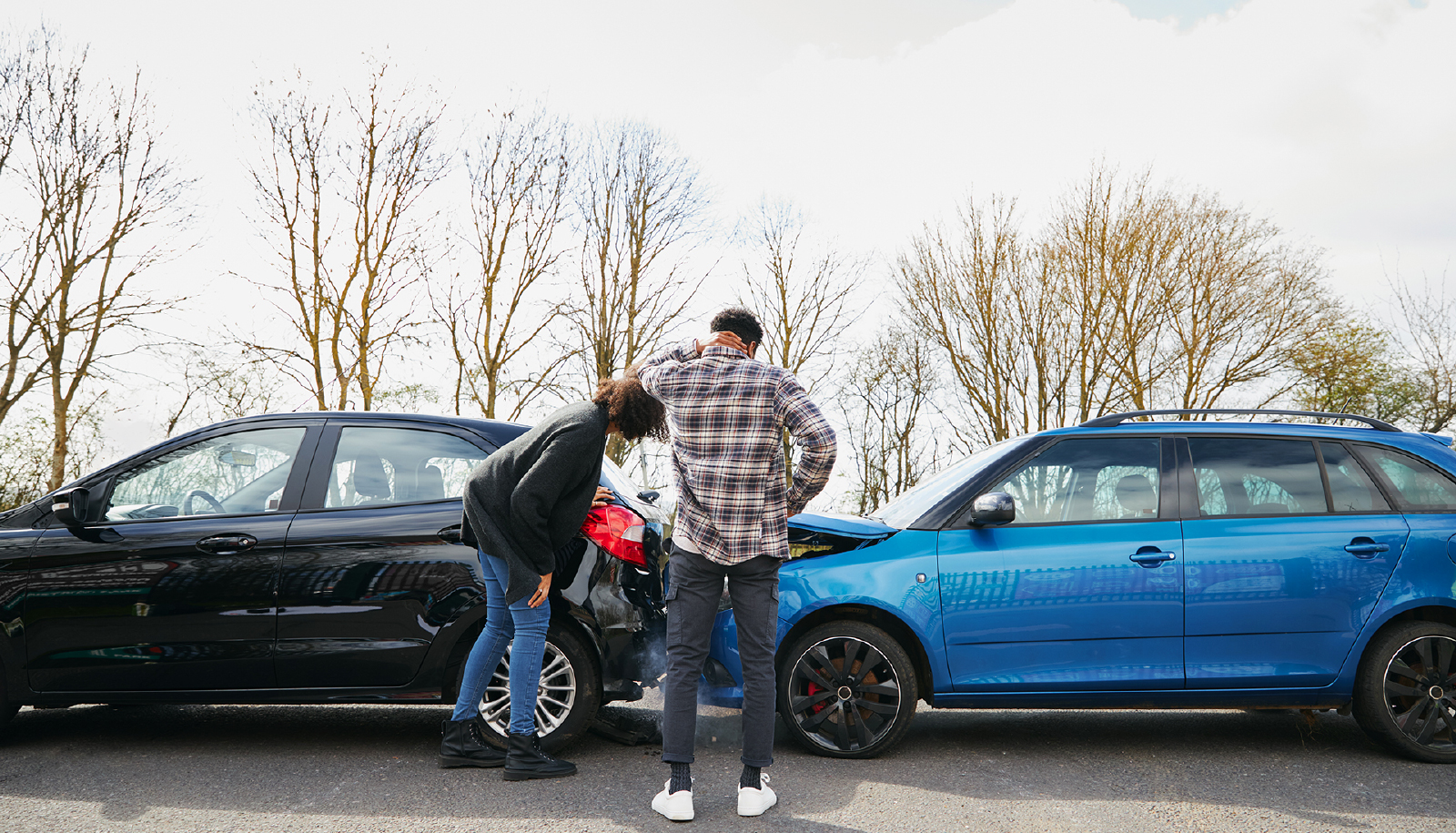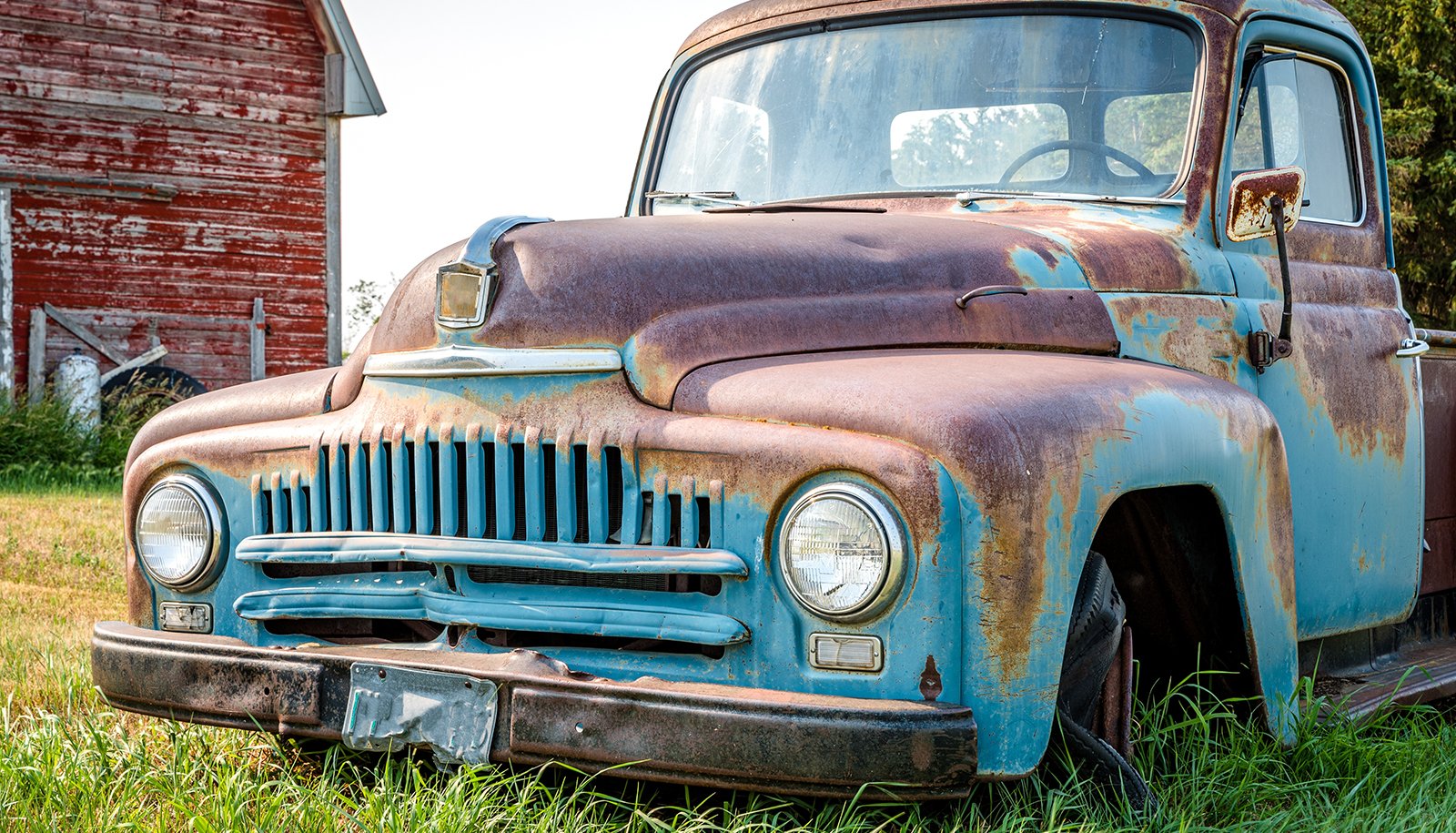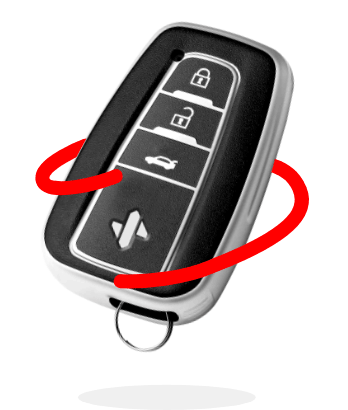If you’re like most people, you probably don’t think about car insurance until something bad happens. And if you get into an accident with an uninsured motorist, you’ll definitely wish you had thought about it sooner. That’s where uninsured motorist coverage comes in — it can help protect you and your family against the costs of an accident with an uninsured driver. In this post, you’ll learn some of the best ways to protect yourself and others while driving from uninsured motorists.
WHAT IS UNINSURED MOTORIST INSURANCE?
If you’re involved in an accident with a motorist who doesn’t have an auto insurance policy or does have a policy but not have enough coverage to pay for the injuries they cause, you could be at risk for substantial financial losses. Uninsured and underinsured motorist coverage protects against that possibility.
How Does Uninsured Motorist Coverage Work?
Specific options for auto insurance coverage vary by state and insurer, but there are three types of protection: bodily injury, property damage, and uninsured/underinsured motorist (UIM) protection.
- Bodily injury coverage helps to pay for costs when you may injure someone else in an accident.
- Property damage coverage helps to pay for the repairs or replacement of damaged property.
- Underinsured Motorist protection helps when the other person’s liability insurance policy isn’t enough to cover all the damage.
Uninsured motorist coverage is not required in all states, but it’s an essential protection type for drivers at risk of being involved in an accident with an uninsured driver.
Do You Have to Pay a Deductible If You File a Claim For Uninsured Motorist Coverage?
Some states will require you to pay a deductible when you file an uninsured motorist claim. The amount of the deductible varies depending on the policy, but it’s typically $250 or $500. Uninsured motorist insurance is not required in all states but check with your insurance company to see if it’s available in your state.
PROTECTING YOURSELF AND OTHERS WHILE DRIVING
No one wants to think about getting in an accident, but it’s important to be prepared just in case. As you’ve read, one thing to consider is protecting yourself and others by driving against uninsured motorists.
According to the Insurance Information Institute, about one in eight drivers doesn’t have car insurance. That means if you’re in an accident with one of them, they could leave you footing the bill for damages. There are a few things you can do to protect yourself.
- First, make sure you have uninsured motorist coverage as part of your own auto insurance policy. This can help cover the cost of repairs, injuries, lost wages, and pain and suffering if you’re hit by an uninsured driver.
- Second, you should also try to avoid driving in areas where there are a lot of uninsured motorists.
- Finally, be sure to drive defensively and always be on the lookout for potential hazards. By taking these steps, you can help protect yourself and others while driving against uninsured motorists.
How Much Uninsured Motorist Coverage Should I Get?
In order to choose the right amount of coverage, you’ll need to consider the costs of your medical care and any lost wages. You should also keep in mind that the costs of an accident can quickly exceed the limits of your coverage.
As a result, choosing an amount that will protect you financially in the event of an accident is essential. We recommend opting for the same amount as your liability coverage.
What Is a No-Fault State?
In these states, each driver’s own insurance pays for their medical expenses and sometimes lost wages after an accident, regardless of who was at fault. The goal of this system is to reduce the amount of litigation and allow people to get the care they need more quickly. However, even no-fault states may only require drivers to purchase limited coverage, so buy the recommended level of uninsured motorist coverage.
Which States Are No-Fault States?
No-fault insurance is designed to reduce the number of lawsuits that are filed following an accident, as well as to speed up the claims process.
Currently, 12 states have no-fault laws: Florida, Hawaii, Kansas, Kentucky, Massachusetts, Michigan, Minnesota, New Jersey, New York, North Dakota, Pennsylvania, and Utah.
In Kentucky, New Jersey, and Pennsylvania, drivers can opt out of a no-fault policy if they choose to do so. No-fault laws vary from state to state, so it’s important to check the requirements in your state before purchasing auto insurance.
If you need help ensuring you have uninsured motorist coverage for the best price, start by speaking to a SimplyIOA agent at 833.872.4467 or get an auto insurance quote online now.










